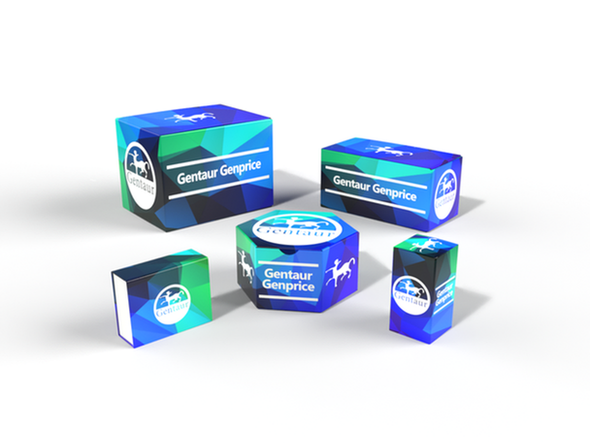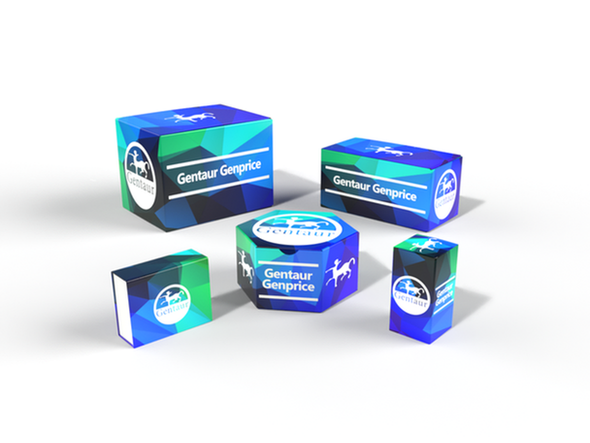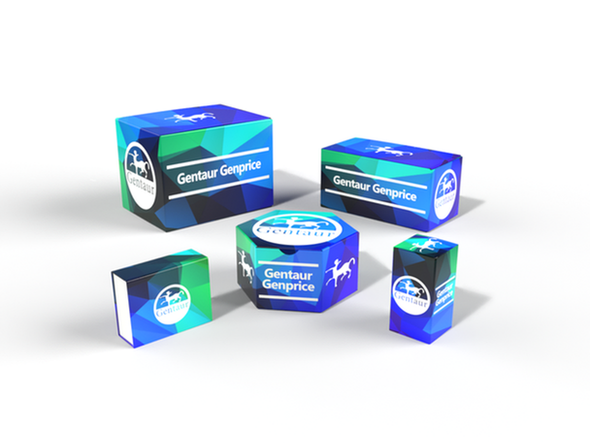749
Human Cytokeratin 17 (CK-17) ELISA Kit | KTE61882
- SKU:
- 749-KTE61882
- Availability:
- Usually ships in 5 working days
Description
Human Cytokeratin 17 (CK-17) ELISA Kit | KTE61882 | Gentaur UK, US & Europe Distribution
Application: This Human Cytokeratin 17 (CK-17) ELISA Kit employs a two-site sandwich ELISA to quantitate KRT17 in samples. An antibody specific for KRT17 has been pre-coated onto a microplate. Standards and samples are pipetted into the wells and anyKRT17 present is bound by the immobilized antibody. After removing any unbound substances, a biotin-conjugated antibody specific for KRT17 is added to the wells. After washing, Streptavidin conjugated Horseradish Peroxidase (HRP) is added to the wells. Following a wash to remove any unbound avidin-enzyme reagent, a substrate solution is added to the wells and color develops in proportion to the amount of KRT17 bound in the initial step. The color development is stopped and the intensity of the color is measured.
Detection Method: Colorimetric
Conjugate: N/A
Sample Type: Cell culture supernatants#Serum#Plasma#Other biological fluids
Assay Type: Multiple steps standard sandwich ELISA assay with a working time of 3-5 hours. It depends on the experience of the operation person.
Kit Component: • Human Cytokeratin 17 microplate
• Human Cytokeratin 17 standard
• Human Cytokeratin 17 detect antibody
• Streptavidin-HRP
• Standard diluent
• Assay buffer
• HRP substrate
• Stop solution
• Wash buffer
• Plate covers
Features & Benefits: Human Cytokeratin 17 (CK-17) ELISA Kit has high sensitivity and excellent specificity for detection of Human KRT17. No significant cross-reactivity or interference between Human KRT17 and analogues was observed.
Calibration Range: Please inquire
Limit Of Detection: Please inquire
Usage Note: • Do not mix components from different kit lots or use reagents beyond the kit expiration date.
• Allow all reagents to warm to room temperature for at least 30 minutes before opening.
• Pre-rinse the pipet tip with reagent, use fresh pipet tips for each sample, standard and reagent to avoid contamination.
• Unused wells must be kept desiccated at 4 °C in the sealed bag provided.
• Mix Thoroughly is very important for the result. It is recommended using low frequency oscillator or slight hand shaking every 10 minutes.
• It is recommended that all samples and standards be assayed in duplicate or triplicate.
Storage Instruction: The unopened kit should be stored at 2 - 8°C. After opening, please store refer to protocols.
Shipping: Gel pack with blue ice.
Precaution The product listed herein is for research use only and is not intended for use in human or clinical diagnosis. Suggested applications of our products are not recommendations to use our products in violation of any patent or as a license. We cannot be responsible for patent infringements or other violations that may occur with the use of this product.
Background: Keratin 17 is found in nail beds, hair follicles, sebaceous glands, and other epidermal appendages. Mutations in the gene encoding this protein lead to Jackson-Lawler type pachyonychia congenita and steatocystoma multiplex.The functional KRT17 gene differs from the pseudogenes by the extent of methylation of certain DNA sequences in the 5-prime upstream region. The KRT17 gene encodes a polypeptide of 432 amino acids with a calculated molecular weight of 48, 000. Using S1-nuclease protection assays and RNAs from several cell lines, Troyanovsky et al. identified a single transcriptional start point 26 nucleotides downstream from a TATA box element. Synthesis of cytokeratin-17 seems to be a marker of basal cell differentiation in complex epithelia and therefore indicative of a certain type of epithelial 'stem cell.'
Alternative Names: KRT17; K17; PC; PC2; PCHC1; cytokeratin-17
Search name: KRT17; K17; PC; PC2; PCHC1; cytokeratin-17
Tag: KRT17










